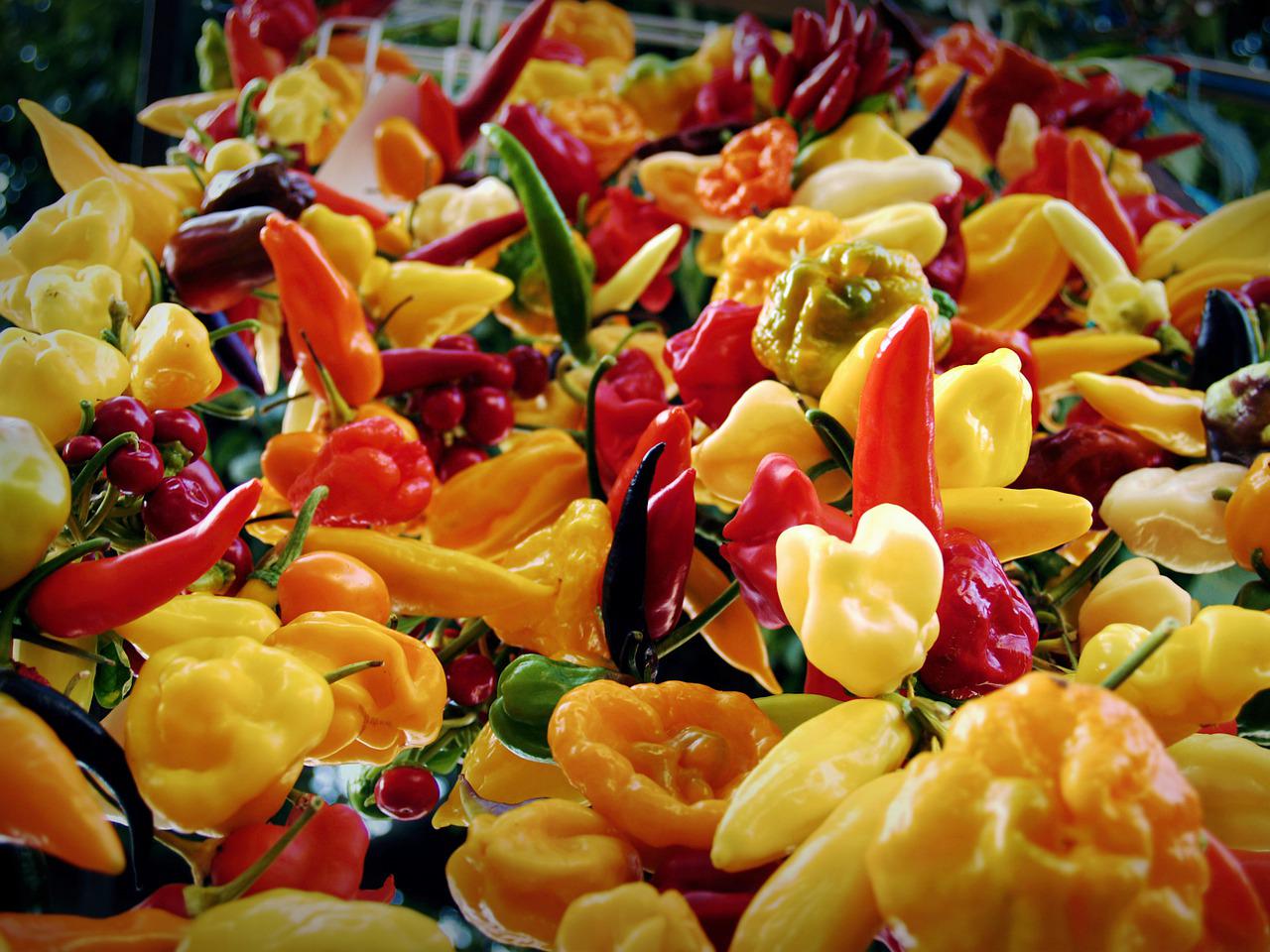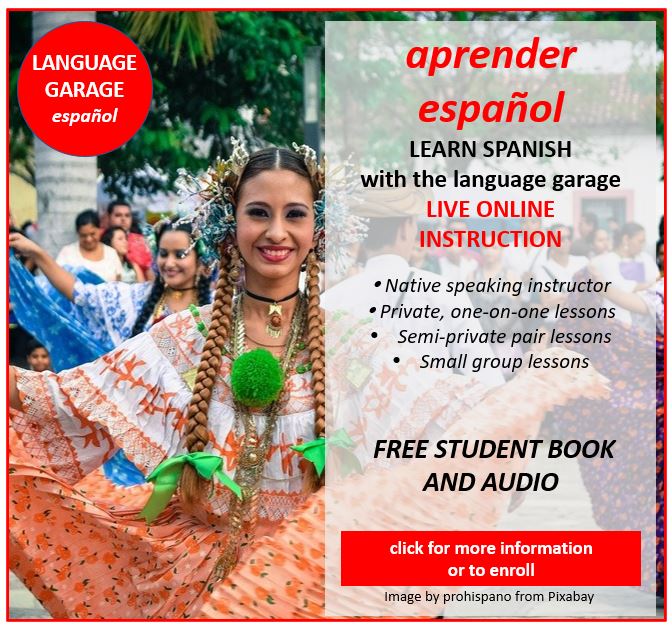Comida: Basic Spanish Food Vocabulary
In this post we’ll build your Spanish vocabulary by learning about everyone’s favorite language topic: Spanish food terms! Spanish food vocabulary will come in handy no matter why you’re learning Spanish. First we’ll cover some basic expressions related to food. Then we’ll look at vocabulary for meals. Next we’ll see a lot of basic Spanish vocabulary for food and drink. Finally, we’ll wrap up with related vocabulary for utensils and ways to describe your food. Let’s dig in.
¡Tengo hambre! I’m hungry!
Let’s start to build your Spanish vocabulary by learning some expressions that you’ll probably need to know that are related to Spanish food vocabulary.
- Tengo hambre.
I’m hungry. - Tengo sed.
I’m thirsty.
- Quiero comer algo.
I want something to eat. - Quiero beber algo.
I want something to drink. - Me provoca un bocadillo.
I feel like a snack.
¡La cena está lista! Dinner is ready!
You probably want to know how to talk about meals when you’re using Spanish food terms. The meals in Spanish are: el desayuno breakfast, el almuerzo lunch, and la cena dinner. A snack is un bocadillo, and dessert is el postre.
- ¿Qué hay para desayunar?
What’s for breakfast? - ¿Qué hay para almorzar?
What’s for lunch? - ¿Qué hay para cenar?
What’s for dinner? - ¿Qué hay de postre?
What’s for dessert? - Desayuno temprano.
I eat breakfast early. - Almuerzo con mis compañeros de trabajo.
I eat lunch with colleagues. - Ceno con mi familia.
I eat dinner with my family.
¿Qué estás comiendo? What are you eating?
Now let’s see some basic Spanish vocabulary related to foods and beverages. We’ll divide these Spanish food terms into sections.
Spanish Food Vocabulary: Carbs and Protein
- el pan bread
- el arroz rice
- la pasta pasta
- unos fideos noodles
- una carne meat
- un pollo chicken
- la carne de res beef
- el cerdo pork
- el jamón ham
- el cordero lamb
- el tofu tofu
- el pescado fish
- los mariscos seafood
- los camarones shrimp
- las almeja clams
- el cangrejo crab
- la langosta lobster
- las ostras oysters
More Spanish Food Vocabulary: Vegetables, Fruit, Dairy
- unos vegetales vegetables
- un tomate tomato
- una cebolla onion
- el ajo garlic
- la lechuga lettuce
- la espinaca spinach
- un espárrago asparagus
- un repollo cabbage
- un hongo/una seta mushroom
- un pepino cucumber
- un pimiento pepper (as in bell)
- un chile chili pepper
- una fruta fruit
- una manzana apple
- una pera pear
- un durazno peach
- una naranja orange
- un limón lemon
- una uva grape
- una fresa strawberry
- una banana/ un plátano banana
- una nuez nut
- un maní/un cacahuete peanut
- una semilla seed
- el trigo wheat
- el cereal cereal
- la sal salt
- la pimienta pepper
- el ajonjolí/el sésamo sesame
- la miel honey
- la azúcar sugar
- la salsa de soya soy sauce
- el huevo egg
- la leche milk
- el queso cheese
- la mantequilla butter
Spanish Food Terms for Drinks, Sweets, and More
- el agua water
- un té tea
- un café coffee
- un vino wine
- una cerveza beer
- la leche de soya soy milk
- un helado ice cream
- una torta/un pastel cake
- una tarta pie
- una galleta cookie
- un caramelo candy
- comer to eat
- beber to drink
- cocinar to cook
- probar to taste
- Como mucho arroz.
I eat a lot of rice. - ¿En la mañana bebes / bebe té o café?
Do you drink tea or coffee in the morning? - ¡Cocinas / Cocina muy bien!
You cook very well!
Una servilleta, por favor. A napkin, please.
Now that you know some basic Spanish food vocabulary, let’s see some phrases that will come in handy when you’re ordering food. Some vocabulary related to Spanish food terms is: cubiertos silverware, un plato plate, un tazón bowl, un cuchillo knife, una cuchara spoon, un tenedor fork, palillos chopsticks, una taza cup, un vaso glass, una copa glass (wine, champagne), una servilleta napkin.
- ¿Me puede traer una servilleta/un tenedor/un cuchillo/una cuchara/un palillo?
Could I have a napkin/fork/knife/spoon/chopsticks? - ¿Me puede traer un vaso de agua?
Could I have a glass of water? - ¿Dónde están los tenedores, cuchillos y cucharas?
Where are the forks, knives, and spoons? - ¿Dónde están los cubiertos?
Where is the silverware? - Los tenedores, cuchillos y cucharas están en la gaveta.
The forks, knives, and spoons are in the drawer. - Los vasos limpios están en la alacena.
The clean glasses are in the cabinet. - Las tazas de café están en la estantería.
The coffee cups are on the shelf. - ¿Me puedes dar una servilleta, por favor?
Could I have a napkin, please? - Por favor, pon/ponga los platos limpios a la alacena.
Please put the clean plates in the cabinet.
¿Cómo está tu comida? How’s your food?
Let’s close with some Spanish vocabulary that you can use to talk about your food: delicioso/deliciosa delicious, salado/salada salty, dulce sweet, amargo/amarga bitter, agrio/agria sour.
- Está delicioso/deliciosa.
It’s delicious. - Está buenísimo/buenísima.
It’s great. - La comida está excelente.
This food is excellent. - Está demasiado caliente.
It’s too hot. - Está demasiado frío/fría.
It’s too cold. - Está demasiado dulce.
It’s too sweet. - Está demasiado salado/salada.
It’s too salty. - No sabe a nada.
It’s tasteless. - Está soso.
It’s bland. - Está demasiado cocido.
It’s overcooked. - Está crudo.
It’s undercooked. - Está grasoso/grasosa.
It’s oily/greasy.
Learn Spanish with the Language Garage!
We hope you’ve enjoyed growing your Spanish vocabulary with Spanish food terms. If you’d like to learn more, check out our other posts on Spanish language, culture, and more. If you’re looking for convenient and affordable live Spanish lessons with a real teacher, visit The Language Garage. Our lessons are affordable and fun, and they’re given online in a virtual classroom, so it doesn’t matter where you live or work – we can come to you. We have flexible options, with a free trial so that you can decide if there’s a fit. Check us out!
Image: tiburi on Pixabay






